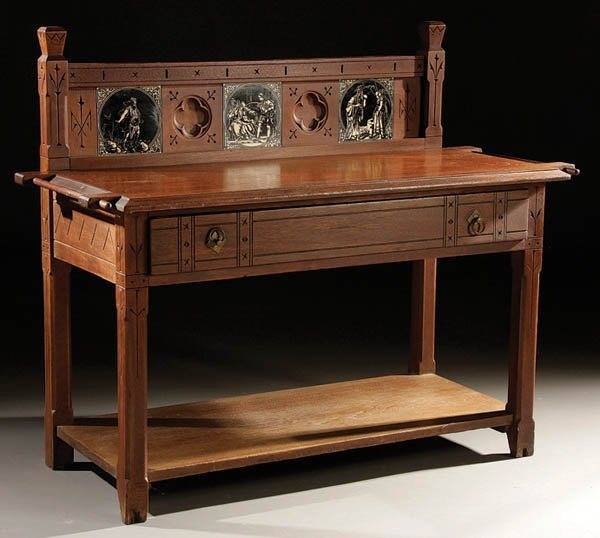Knowledge Center
Related Articles: History of British Furniture Styles
Neoclassicism (1760-1790)
Medieval Revival (1780-1830)
Regency Classicism (1800-1830)
Neoclassicism (1760 - 1790):
This style was inspired by the art and design of classical Greece and Rome, as well as archaeological discoveries. Vases were a common design motif, and were often decorated with swags and festoons. Beading, lines of small beads was another common motif. A wide range of both real and imaginary animals appeared. Dolphins, lions, sphinxes, griffins and styrs were often depicted. Robert Adam's development of the sideboard was a lasting influence. Furniture of this period was characteriscally light and elegant in appearance. Straight tapering legs were typical of chairs at this time.
Medieval Revival (1780 - 1830):
Inspired by the Gothic art and architecture of the Middle Ages, it was developed as an alternative to classical styles. The pointed arch was the most recognizable characteristic. Tracery, was ornamental openwork patterns. Another common motif was the quatrefoil, a flower-like ornamentation with four lobes. Wood is elaborately turned or carved into spiral-twist forms.

Source: The V&A Guide to Period Styles by Anna Jackson